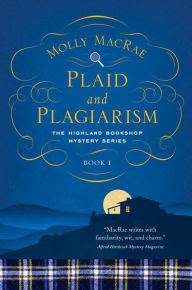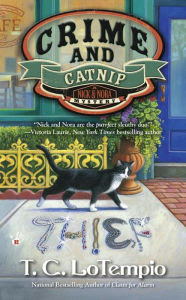 Christine Husom is the national bestselling author of the Snow Globe Shop Mystery series, as well as the Winnebago County Mysteries, also set in central Minnesota. She served with the Wright County Sheriff’s Department and trained with the St. Paul Police Department, where she gained firsthand knowledge of law enforcement procedures.
Christine Husom is the national bestselling author of the Snow Globe Shop Mystery series, as well as the Winnebago County Mysteries, also set in central Minnesota. She served with the Wright County Sheriff’s Department and trained with the St. Paul Police Department, where she gained firsthand knowledge of law enforcement procedures.Here Husom shares some ideas for casting an adaptation of the latest Snow Globe Shop mystery, Frosty the Dead Man:
Authors go about creating characters in many different ways. My basic process is figuring out their names, ages, family and friends, educational backgrounds, hobbies, interests, clothing preferences and so on. Their physical descriptions, and the way their voices sound, come to me as I work through their traits and interests. I form a mental image of each of them, and envision and hear them speak when I write.Visit Christine Husom's website.
In the Snow Globe Shop Mysteries, Camryn Brooks has returned to her small hometown of Brooks Landing, Minnesota after getting fired from her position as a Director of Legislative Affairs in Washington D.C. She’s independent and spunky, and feels like a fish out of water working in her parents’ Curio Finds shop after living for many years in big cities. On the other hand, she loves being close to family and friends again.
Cami’s one fun claim to fame is she can transform herself into a believable-looking Marilyn Monroe for costume parties. Her friend, Pinky Nelson, runs Brew Ha-Ha, a coffee shop adjoining Curio Finds. Pinky is tall and lanky and provides comic relief at the oddest moments. Their other best friend, Erin Vinkerman, is a teacher who’s dedicated to her students and friends. Erin is a petite Vietnamese American who was adopted as a baby by a Minnesota couple.
Assistant police chief, Clinton Lonsbury is Cami’s tall, dark, very attractive, and equally irritating (to her) love interest. Their other good friend, police officer Mark Weston is another good-looking, strapping man who takes his job, and sometimes himself, a little too seriously. All five are in their late thirties.
Although I envision the Brooks Landing characters a certain way, I know there are many actors who could bring them to life, and make them believable on the screen. I had the privilege of meeting Alison Sweeney this past spring in Hollywood, and know she’d easily make a great Camryn Brooks. I’d love to cast her in the role.
Because of time constraints with my two careers, I’m not as in-tune with contemporary actors as I used to be. So I had to rely on some research, and this the cast I came up with. I hope my readers agree!
Camryn Brooks, Alison Sweeney
Clint Lonsbury, Orlando Bloom
Pinky Nelson, Jennifer Wilson
Erin Vinkerman, Devon Aoki
Mark Weston, Chris Evans
There are many other characters in Brooks Landing—family members, bad guys, victims, suspects, other strange ones—that would be equally fun to cast, and I’d be thrilled if that opportunity arises!
The Page 69 Test: The Iced Princess.
--Marshal Zeringue

































